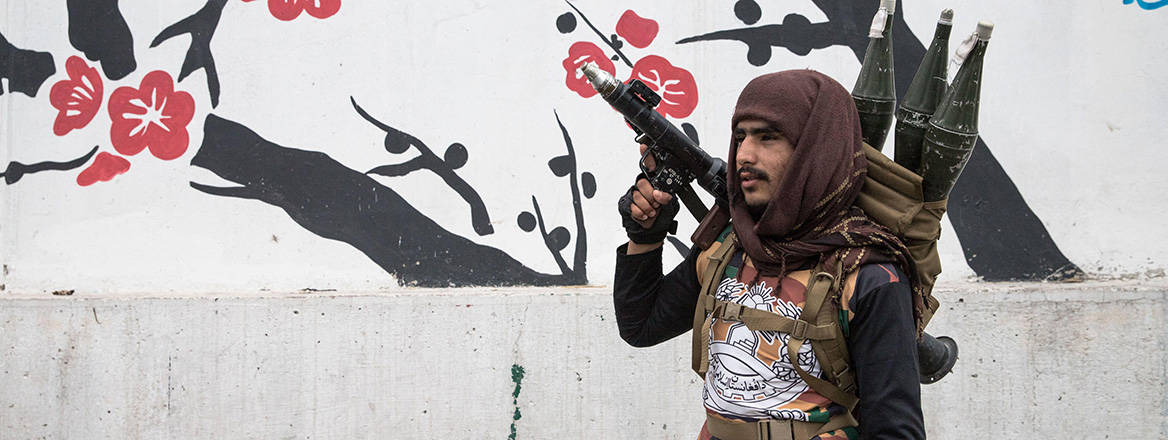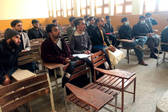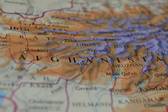Countering the Islamic State in Khorasan Online
STRIVE Afghanistan Practitioner Summary
With the Taliban now operating as the de-facto government in Afghanistan, the Islamic State in Khorasan (IS-K) has displayed considerable adaptability and resilience in recent years to maintain a presence in the country. The group has transitioned from being an organisation capable of massing troops to seize and control swathes of territory to a clandestine force of small cells responsible for independently carrying out terror attacks. IS-K has also been able to migrate geographically within Afghanistan from the east to the north of the country, and has expanded into new cities.
External publication: The Islamic State and the Taliban’s Counter-terrorism
In the aftermath of the Taliban’s takeover, IS-K has also ramped up its online operations, establishing itself as a social media powerhouse. This has included successfully integrating its online and face-to-face recruitment campaigns. This dual-pronged strategy has been used to target specific Afghan populations, particularly university students. While the Taliban have attempted to respond to IS-K’s online operations, they have lacked the skills to inflict much damage.
That said, IS-K’s online operations still have vulnerabilities – something which STRIVE Afghanistan has sought to exploit. The first stage involved monitoring and analysing not only the narratives and propaganda that IS-K deploys on social media, but also the techniques and tactics used to engage prospective recruits on these platforms. Surveys were carried out to understand the interests and behaviours of online audiences who might be vulnerable to IS-K’s recruitment efforts.
Using this analysis, STRIVE Afghanistan developed and implemented targeted online campaigns to disrupt IS-K’s online recruitment and to redirect potentially at-risk populations away from IS-K material. This included social media content that challenged IS-K narratives, as well as promoting critical thinking and media literacy within Afghanistan’s student population. These activities were thought to contribute to increased resilience to IS-K recruitment narratives.
Related Practitioner Summaries
Project sponsor
Funded by the European Union
The research on which this summary is based was funded by the European Union. The contents are the sole responsibility of the authors and do not necessarily reflect the views of the European Union. The European Union holds full copyright for the text of this summary.









